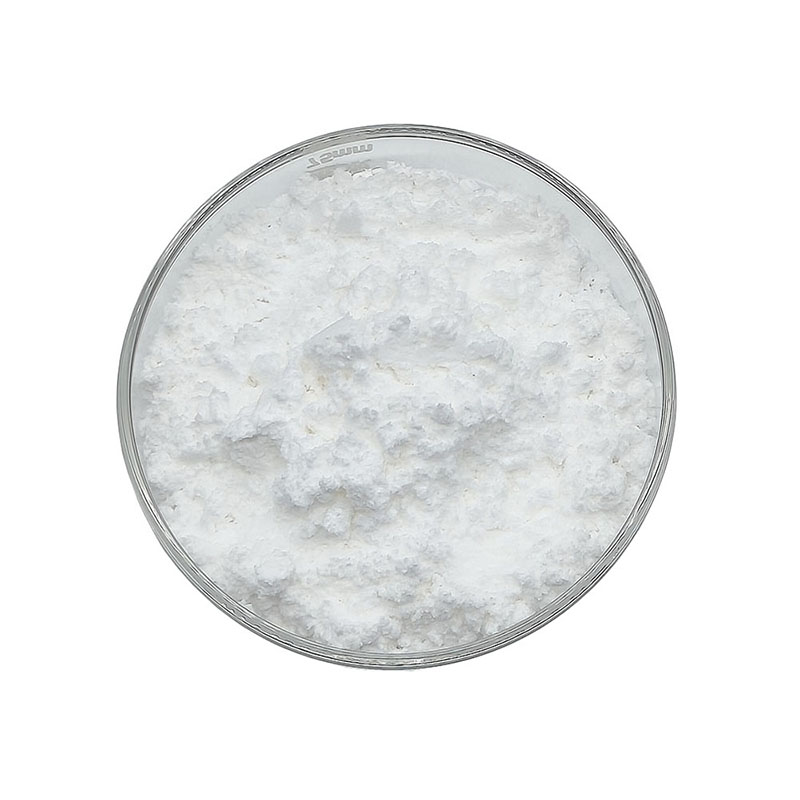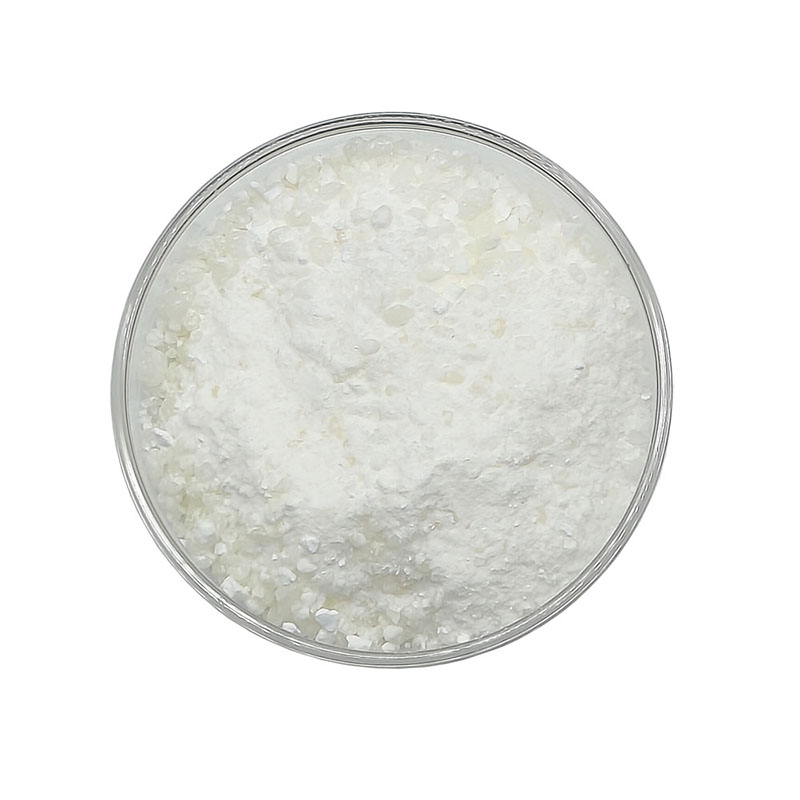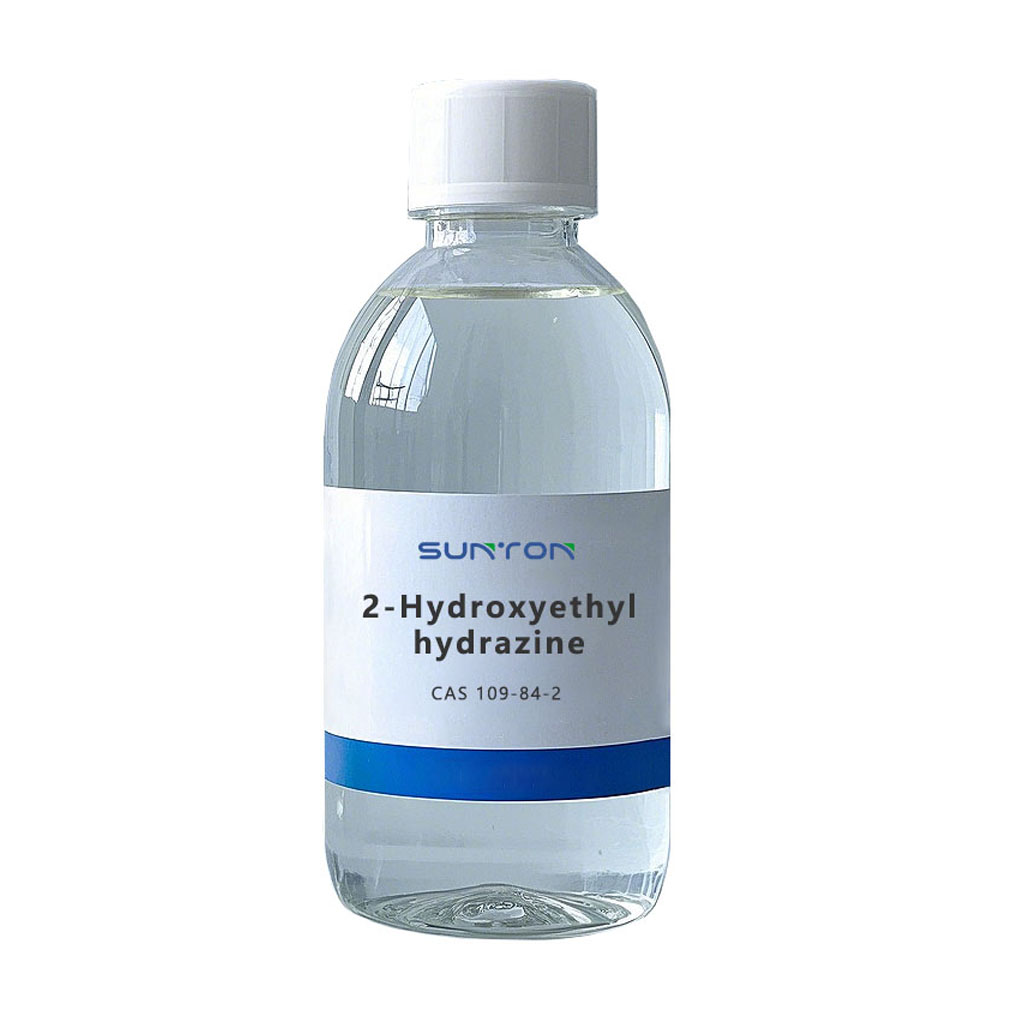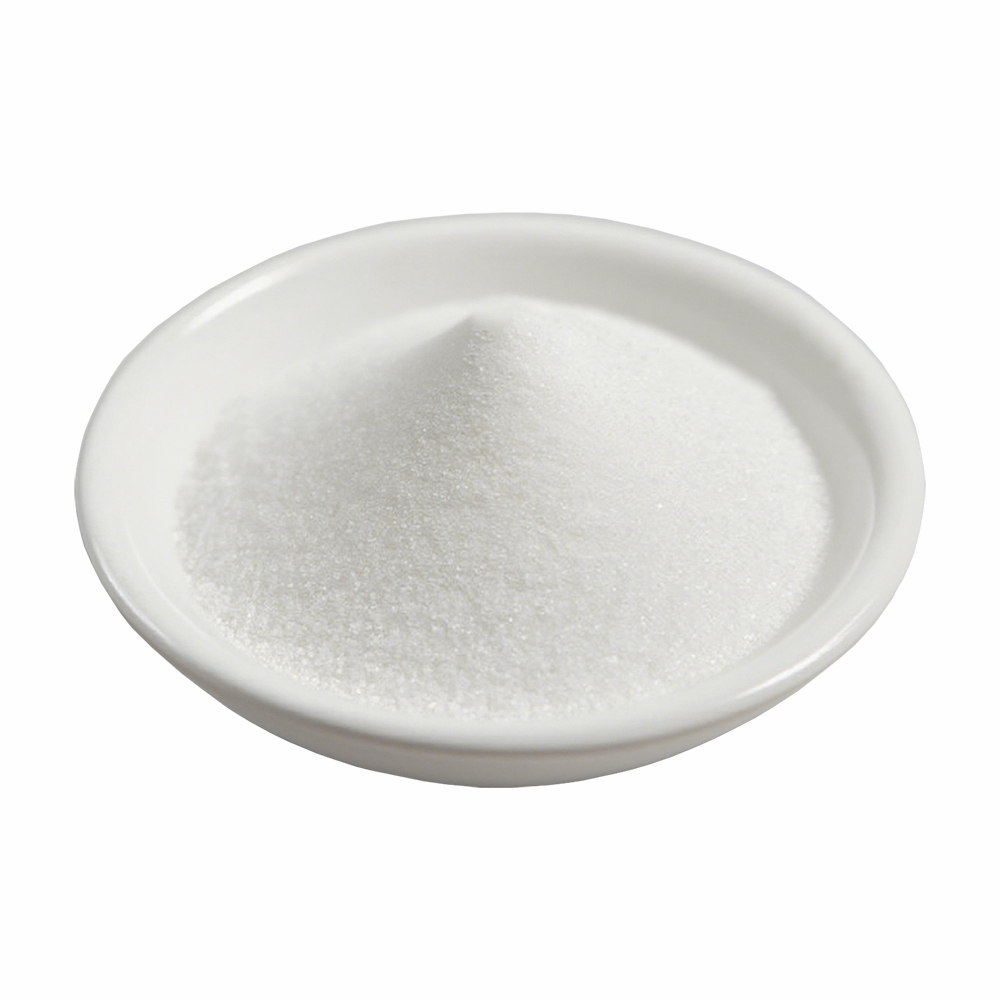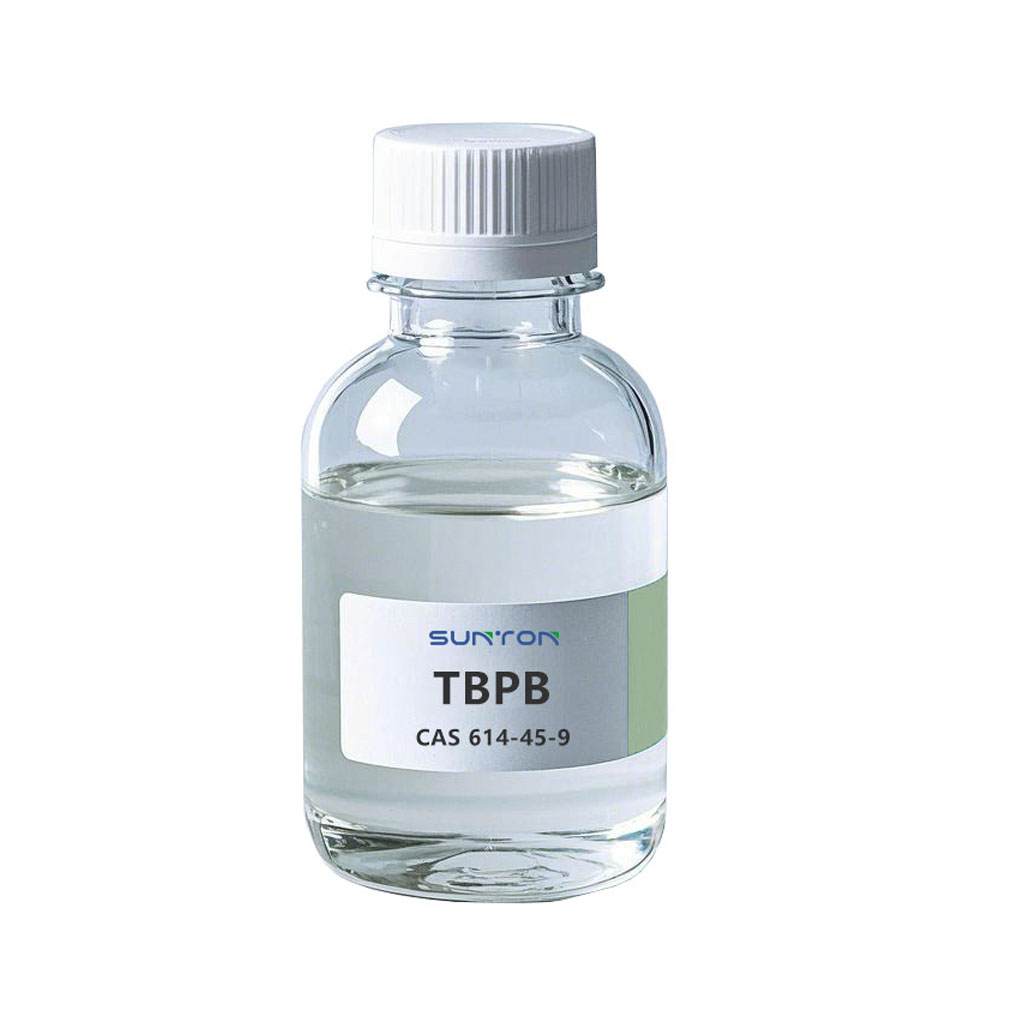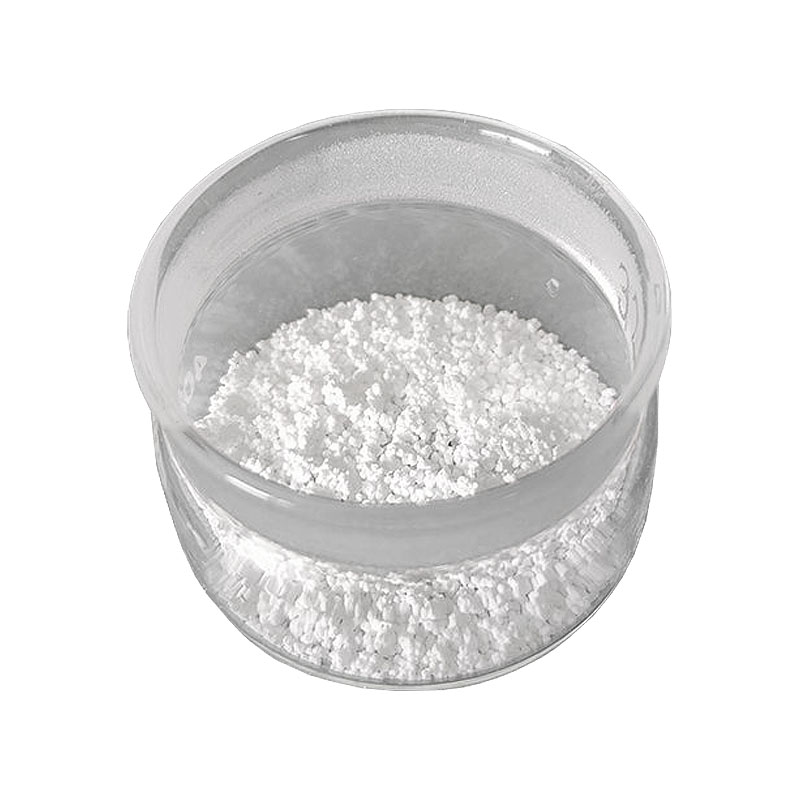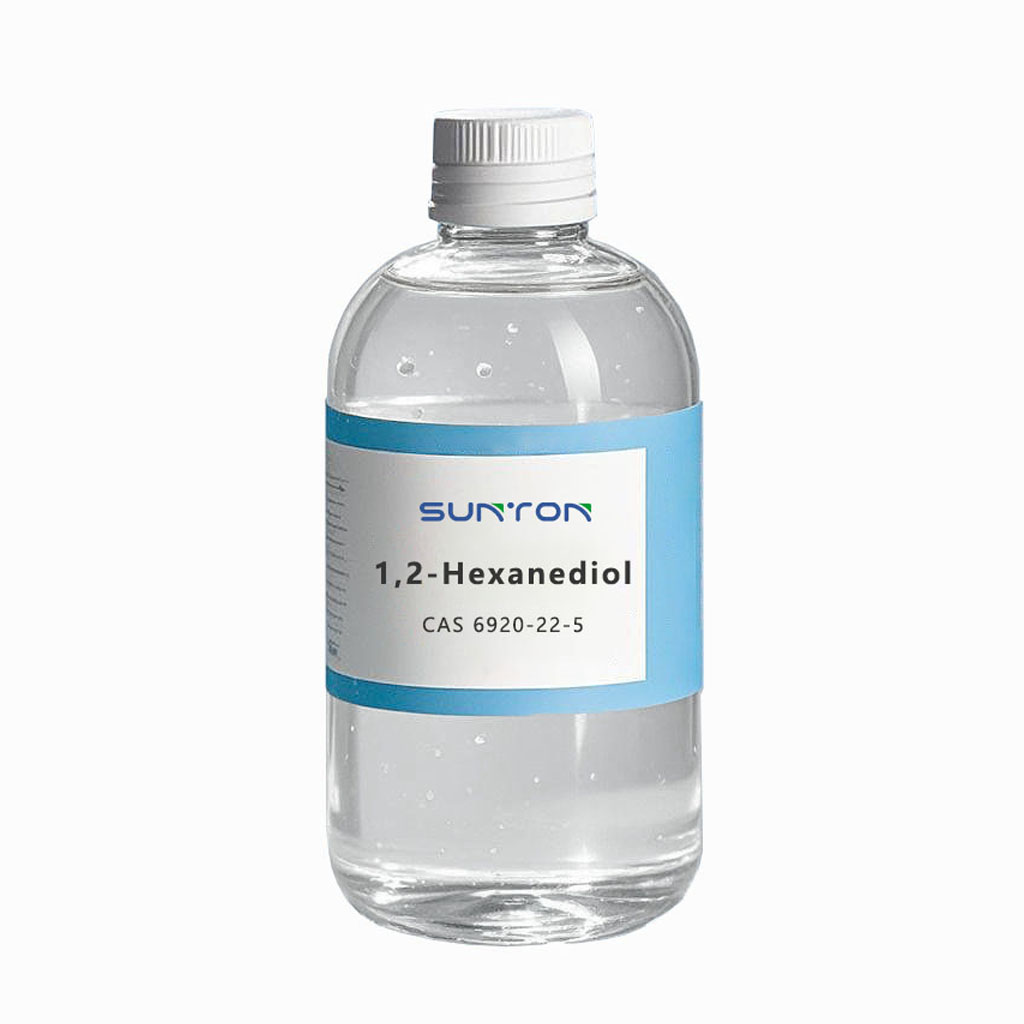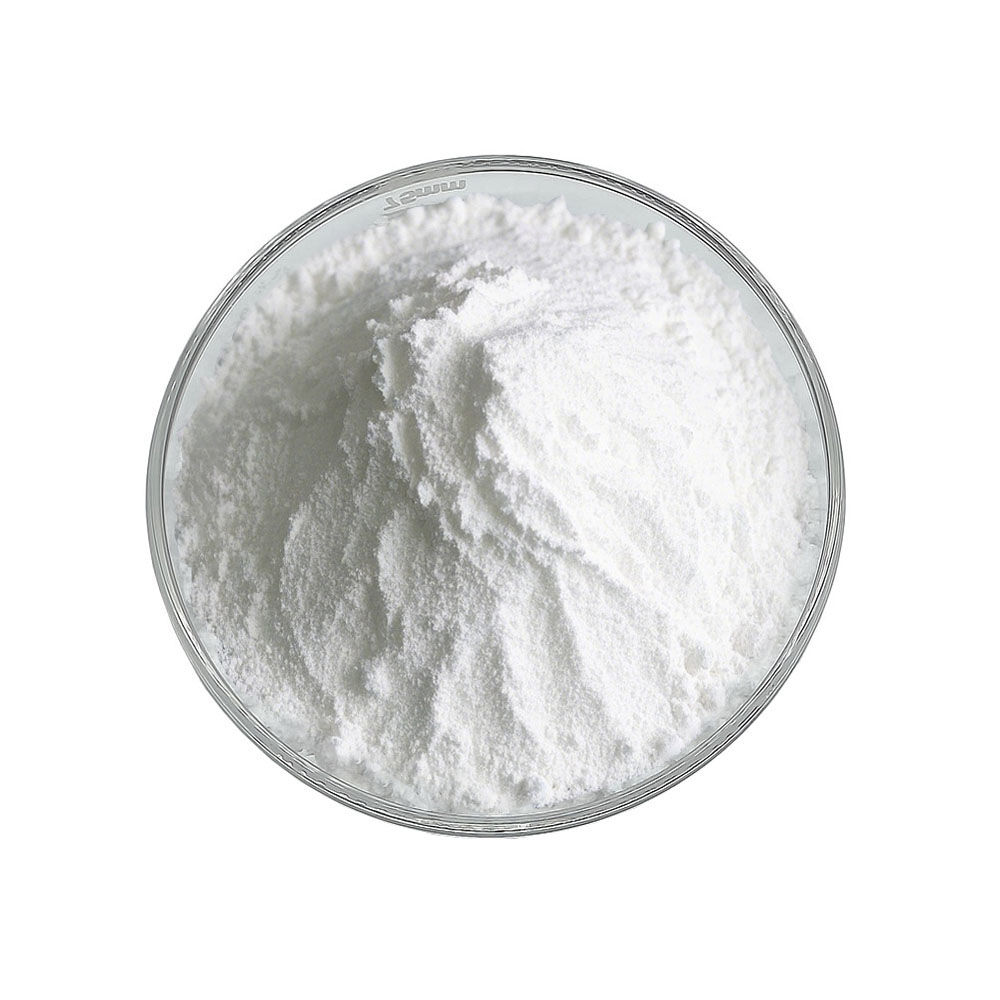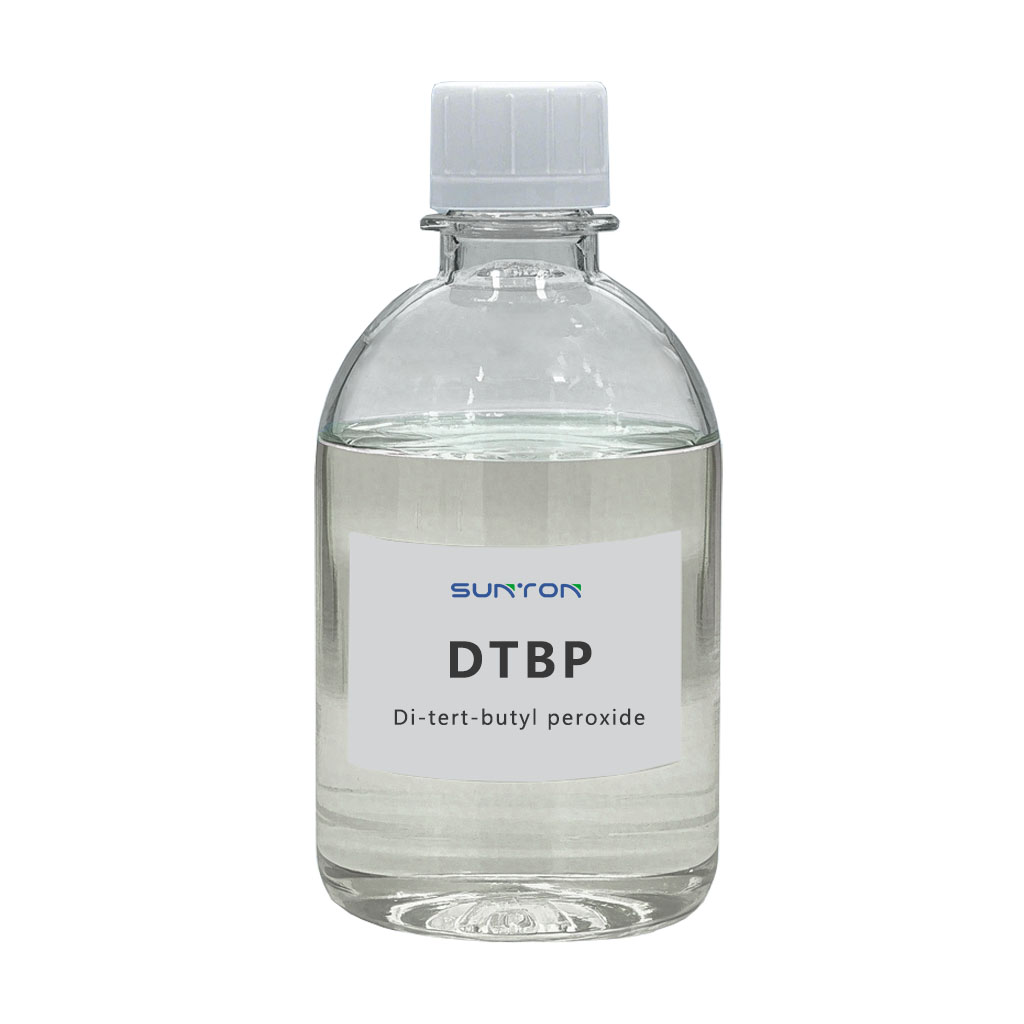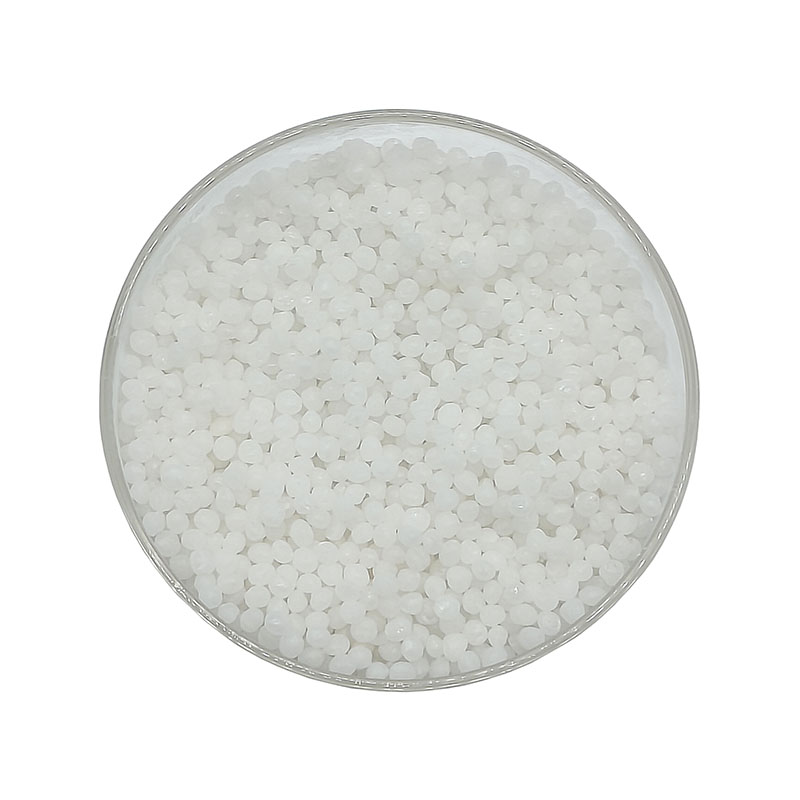Search By Posts
Product Category
Industry News
 By Admin
By Admin
2-Hydroxyethylhydrazine: The star of crosslinking agents that enhance polymer performance
The basic principle and importance of crosslinking agents
Crosslinking, a chemical process, forms new chemical bonds between originally linear or lightly branched polymer molecules by introducing crosslinking agents, transforming them into a three-dimensional network structure. This structural transformation means higher mechanical strength, better thermal stability and chemical stability for polymer materials. The selection and application of crosslinking agents are directly related to the performance of the final product and are a key link in the material research and development process.
2-Hydroxyethylhydrazine: Active chemical properties and wide application
2-Hydroxyethylhydrazine, as an organic compound containing active hydrogen atoms, has extremely high reactivity due to the hydroxyethyl group (-CH2CH2OH) and hydrazine group (-NHNH2) in its molecular structure. This chemical property enables 2-Hydroxyethylhydrazine to easily react with various functional groups on the polymer chain, such as carboxyl (-COOH), hydroxyl (-OH) and isocyanate (-NCO), forming strong chemical bonds and effectively promoting the formation of crosslinked structures.
Application in polyamide
Polyamide is widely used in fiber, plastic and film fields due to its excellent wear resistance, heat resistance and good mechanical properties. 2-Hydroxyethylhydrazine, as a crosslinking agent, reacts with the carboxyl groups on the polyamide chain, which not only enhances the interaction between molecules, but also promotes the formation of crosslinked structures, significantly improving the thermal stability and wear resistance of polyamide. This crosslinked modified polyamide material is more adaptable to extreme environments such as high temperature and high friction, broadening its application boundaries.
Role in polyurea
Polyurea, as a high-performance elastomer, is often used in coatings, adhesives and protective coatings due to its high strength, high toughness and excellent weather resistance. In the synthesis process of polyurea, 2-Hydroxyethylhydrazine, as a crosslinking agent, reacts with the amino groups on the polyurea chain to construct a stable crosslinked network. This not only enhances the toughness of polyurea, but also significantly improves its durability and anti-aging ability, allowing polyurea materials to maintain excellent performance under extreme climatic conditions and complex stress environments.
Cross-linking enhancement of polyurethane
Polyurethane, with its excellent elasticity, wear resistance and corrosion resistance, is widely used in many fields such as foams, elastomers, coatings and adhesives. 2-Hydroxyethylhydrazine also plays an important role in the synthesis of polyurethane. It can react with the isocyanate group in the polyurethane prepolymer to form a cross-linking structure, which greatly improves the elastic recovery ability and wear resistance of polyurethane. In addition, this cross-linking effect also helps to improve the chemical corrosion resistance of polyurethane and extend the service life of the material.


 English
English 中文简体
中文简体
